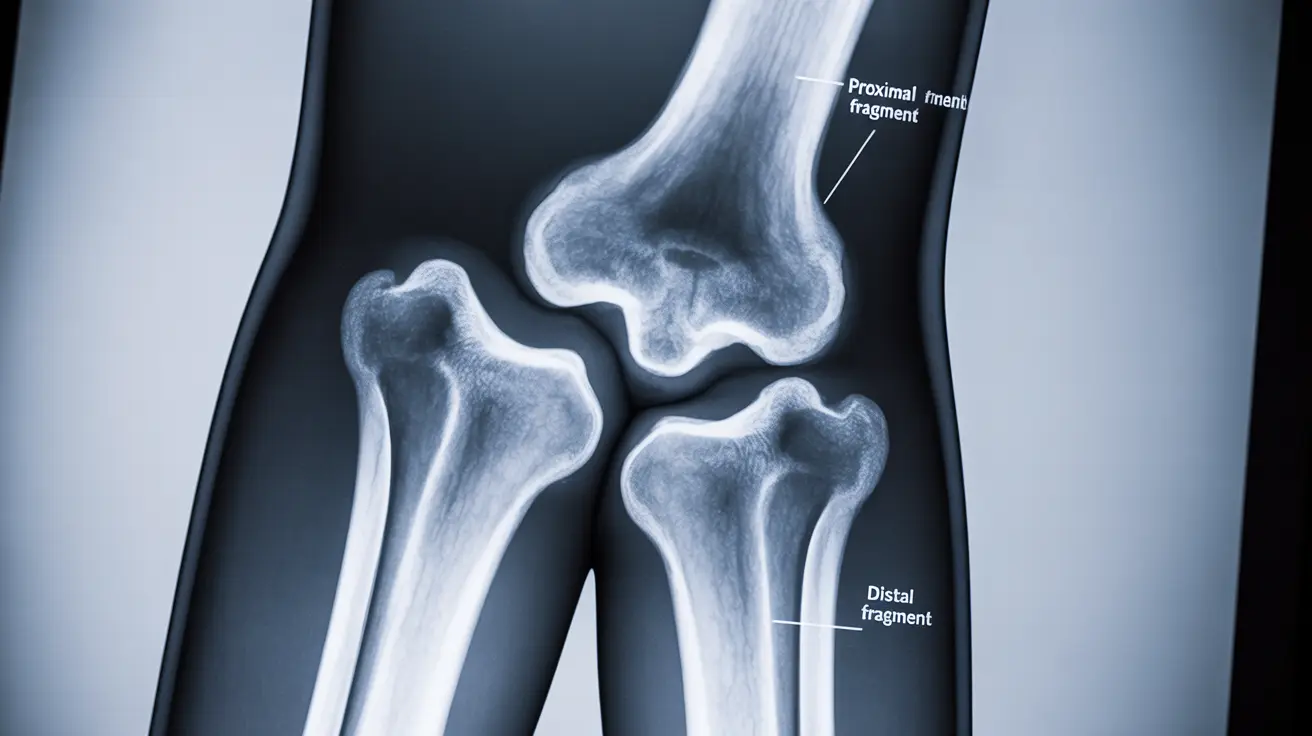An angulated fracture occurs when a bone breaks and the two ends form an angle instead of remaining aligned. This type of fracture requires immediate medical attention due to its potential complications and the need for proper alignment during healing. Understanding the nature of angulated fractures is crucial for both medical professionals and patients to ensure optimal treatment outcomes.
While all bone fractures are serious injuries, angulated fractures present unique challenges during treatment and recovery. The angled positioning of the broken bone ends can affect surrounding tissues and may require specific intervention techniques to achieve proper healing.
Characteristics of Angulated Fractures
Angulated fractures have distinct characteristics that set them apart from other types of bone breaks. The primary feature is the angular deformity that occurs at the fracture site, where the broken ends of the bone meet at a noticeable angle rather than maintaining their natural alignment.
Common locations for angulated fractures include:
- Long bones such as the femur, tibia, and forearm bones
- Bones in the fingers and toes
- Clavicle (collarbone)
- Wrist bones
Signs and Symptoms
Recognizing the signs of an angulated fracture is essential for seeking prompt medical care. The most common indicators include:
- Visible deformity or unusual angle in the affected limb
- Severe pain at the injury site
- Swelling and bruising
- Limited or impossible movement of the affected area
- Potential skin tenting or protrusion
- Numbness or tingling in the affected limb
Diagnosis and Assessment
Medical professionals use several diagnostic tools to evaluate angulated fractures:
- X-rays from multiple angles
- CT scans for complex cases
- Physical examination
- Assessment of neurovascular status
- Evaluation of surrounding tissue damage
Treatment Approaches
Treatment for angulated fractures typically involves a multi-step process:
Initial Stabilization
The first priority is to stabilize the fracture and prevent further damage. This may involve:
- Immobilization with splints or braces
- Pain management
- Ice application to reduce swelling
- Protection of the affected area
Reduction Procedures
Realigning the broken bones is crucial for proper healing. This may require:
- Closed reduction (manual realignment without surgery)
- Open reduction (surgical intervention)
- Internal fixation with plates, screws, or rods
- External fixation devices in some cases
Ongoing Care
Following initial treatment, patients require:
- Regular monitoring and X-rays
- Physical therapy
- Gradual return to activities
- Pain management strategies
- Follow-up appointments to ensure proper healing
Recovery and Rehabilitation
Recovery from an angulated fracture varies depending on several factors:
- The severity of the fracture
- The location of the injury
- The patient's age and overall health
- Compliance with treatment protocols
- The presence of any complications
Most patients require several weeks to months for complete healing, followed by rehabilitation to restore strength and function.
Frequently Asked Questions
What is an angulated fracture and how does it differ from other types of bone fractures? An angulated fracture is characterized by broken bone ends that meet at an angle, unlike clean breaks where the ends remain aligned. This type creates a visible deformity and often requires more complex treatment compared to simple fractures.
What are the common treatment options for an angulated fracture? Treatment typically involves reduction (realignment) of the bone ends, either through closed manipulation or surgery, followed by immobilization using casts, splints, or internal fixation devices. Physical therapy is often necessary during recovery.
How long does it typically take to recover from an angulated fracture? Recovery time varies but generally ranges from 6-12 weeks for initial bone healing, with additional time needed for rehabilitation. Complete recovery can take 3-6 months or longer, depending on the fracture's severity and location.
What are the signs and symptoms that indicate a bone fracture is angulated? Key indicators include visible deformity or unusual angle in the limb, severe pain, swelling, bruising, limited mobility, and possible numbness or tingling in the affected area.
Can complications occur if an angulated fracture is not properly treated? Yes, untreated or improperly treated angulated fractures can lead to chronic pain, improper healing, reduced range of motion, nerve or blood vessel damage, and long-term disability. Immediate medical attention is essential for optimal outcomes.




